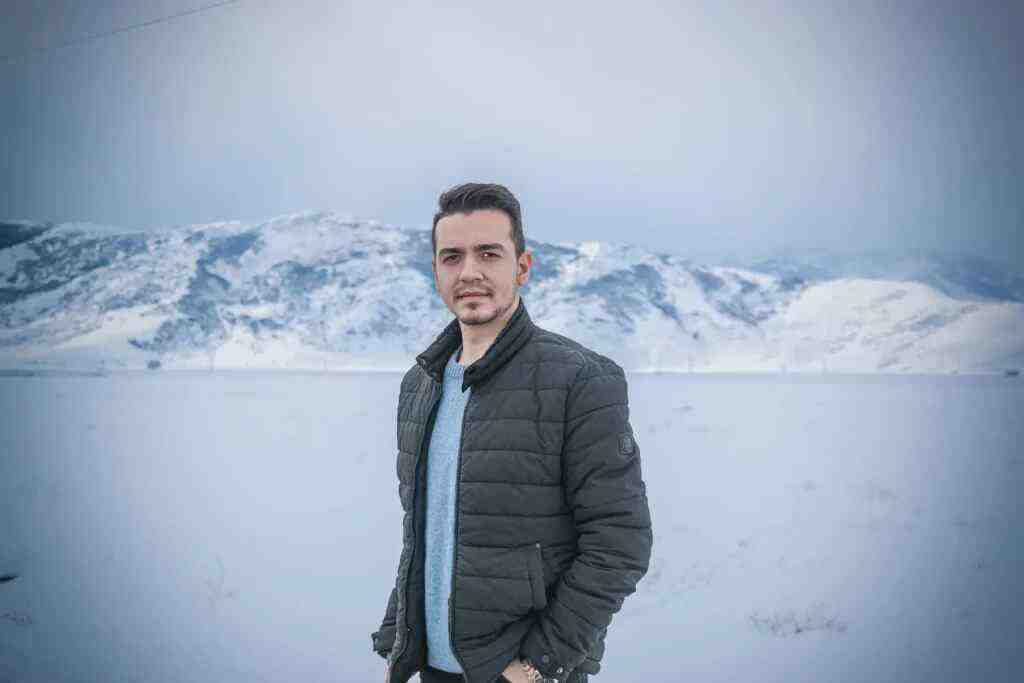Winter Photography: Capturing the Beauty of Snowy Landscapes
Introduction
As the world transforms into a winter wonderland, photographers rejoice. The serene beauty of snow-covered landscapes offers a unique opportunity to capture stunning images. Whether you’re a seasoned professional or just starting out, there are some essential tips and tricks to help you make the most of winter photography. So, bundle up, grab your camera, and let’s embark on a journey to discover the artistry of winter photography.
1. Harnessing the Magic of Natural Light
Winter photography often revolves around capturing the ethereal beauty of natural light. Here’s how you can use it to your advantage:
- Golden Hours: The golden hours, just after sunrise and just before sunset, provide warm, diffused light that can transform ordinary scenes into extraordinary ones. Don’t miss these precious moments!
- Overcast Days: Don’t let overcast skies deter you. The soft, even light on cloudy days can create a sense of tranquility and mystery in your shots.
- Snow as a Reflector: Snow acts as a natural reflector, bouncing light back into the scene. Use this to your advantage to create soft, even lighting.
2. Choosing the Right Gear
The right gear can make a significant difference in your winter photography experience:
- Camera and Lens: Choose a camera that can handle low-light conditions well and a lens that allows you to capture wide shots and close-ups.
- Tripod: A sturdy tripod is crucial for keeping your camera steady in windy conditions and for long exposure shots.
- Batteries and Memory Cards: Bring extra batteries and memory cards to avoid running out of power or storage space during your shoot.
3. Composition and Creativity
Winter offers unique compositional opportunities:
- Leading Lines: Use snow-covered paths, fences, or trees as leading lines to draw the viewer’s eye into the scene.
- Contrast: Play with the contrast between the white snow and dark trees or buildings to create a striking visual.
- Patterns and Textures: Look for interesting patterns and textures in the snow, such as footprints, tire tracks, or snow-laden branches.
4. Capturing Snowflakes and Frost
Snowflakes and frost add a touch of magic to winter scenes:
- Macro Photography: Use a macro lens to capture the intricate details of snowflakes and frost crystals.
- Backlighting: Backlighting can create a beautiful halo effect around snowflakes and frost, making them stand out.
5. Black and White Conversions
Sometimes, converting your winter photos to black and white can create a timeless, ethereal look:
- Simplicity: Black and white can simplify complex scenes, highlighting the essential elements.
- Mood and Atmosphere: Black and white can convey a sense of nostalgia, mystery, or drama.
6. Post-Processing Tips
Post-processing can help you enhance your winter photos:
- White Balance: Adjust the white balance to ensure that the snow appears white and not blue or yellow.
- Exposure: Fine-tune the exposure to bring out the details in the highlights and shadows.
- Contrast: Increase the contrast to make the image more dramatic and eye-catching.
Conclusion
Winter photography is a captivating art form that allows you to capture the beauty and magic of the snowy season. By understanding the unique challenges and opportunities of winter photography, you can create stunning images that will transport viewers into a winter wonderland. So, embrace the cold, bundle up, and embark on a journey to capture the essence of winter through your lens.
Call to Action
Share your winter photography journey with us! Tag your winter photos on social media with #WinterWonderland and #WinterPhotography. We’d love to see your unique perspective on the snowy landscapes.
